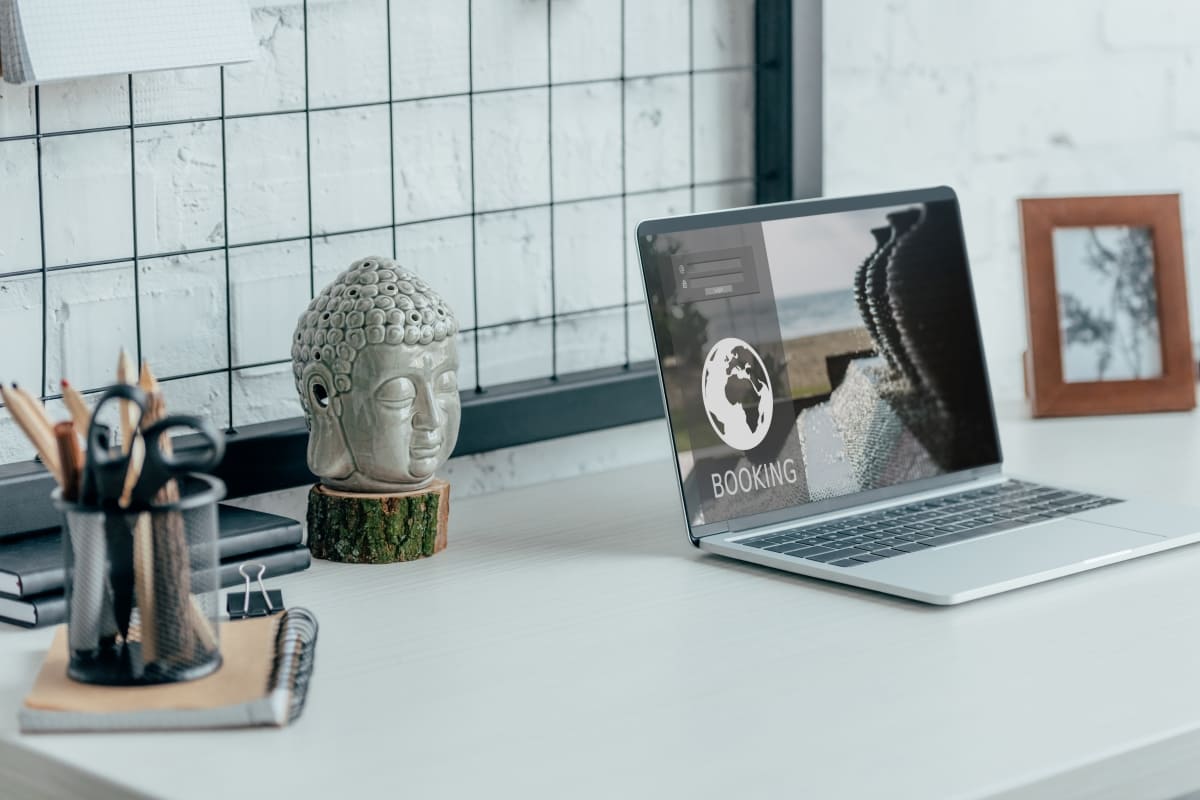
Ready to make your first business website? Design-wise, fonts should be one of your main concerns. A good font determines user experience and creates your brand identity.
With the overwhelming choice of fonts, choosing a few that fit your business can be daunting. Follow this guide to understand the important points in choosing fonts.
Things to Consider Before Choosing a Font

How to choose fonts that fit your business depends on multiple factors. Ask yourself these questions to determine your options:
- What is your business personality?
Business personality means how you present your brand to the world. For example, you could be a “fun,” “youthful” clothing brand. You could also be a “reliable,” “dependable” fast delivery service. These personalities determine the visual presentation.
If your business personality is playful and distinctive, you could get creative with the fonts. On the contrary, you should stick to clean, standard font families for a more formal business.
- How far is the business scope and future projection?
Consider your business plan and think: what kind of growth have you planned for it? How big is the projection scope? The development would affect the way you design your business.
For example, when you add a new feature or service, you may have to add a new section on your website. This means adding new fonts to distinguish the sections. You have to ensure that all fonts look consistent, even when different.
- How much typesetting to do?
Think about the number of texts you will use on your business website. For example, you may need a header, menu list, heading and subheading, product description, and blog posts (with separate titles). All these require unique typesetting.
Each text part would need unique fonts and characteristics that distinguish them. As in the previous point, you need to consider the visual consistency between fonts.
- Who is your audience?
Think about the common audience of your business website. Imagine them reading your website and seeing the fonts you use: what would be their reactions? Some audiences would appreciate a classic, formal look, while others could appreciate more playful fonts.
- How will the font look in the mobile version?
Having a good mobile version is as important as the desktop version! This means considering how the font would look on mobile, especially since many people visit websites through their phones.
You would want to think how big and legible the fonts are on the mobile page. Would the font choices on the desktop version transfer well onto smaller screens? If not, what fonts should you choose for the mobile version?
How to Make Your Font Options Look Great

Now that you understand the important questions, these tips will make the font look even better on your website design.
- Reduce the line height
Use small numbers for your standard line height, such as 1,5. From there, you can experiment with fonts that look better with 1,5 of line height (or even lower, like 1,25). This is a useful tip for making long-form content on a website.
- Make the headline font distinctive
Make the font distinctive when you use a headline (such as for an article or product description). The distinction should be from the font, size, and color.
This way, website users can read your content comfortably. You also help them find what they need from your website quickly.
- Choose the right body text size
The right body text size depends on the typesetting and the number of paragraphs. Long-form content may require a size of up to 16 at most. Sans serif is usually a good option for small sizes.
When your paragraphs or overall texts are shorter, stick to sizes between 18 and 24. If you use humanist fonts, your texts will be easier to read.
- Balance the color combination
Make sure there is a good balance between the texts and the background. The simple rule is to “determine the color theme first, then pair the lightest with the darkest.” Regarding texts, the bigger the contrast between the light and the dark shades, the better.
When testing your color combinations, include the buttons and their texts. Find several combinations and see which one looks best for your website.
- Always follow the brand identity
Finally, follow your brand identity. Your website design must incorporate a font and color that match the brand. Whenever you get several good recommendations, return to the brand identity to chooseS the best option.